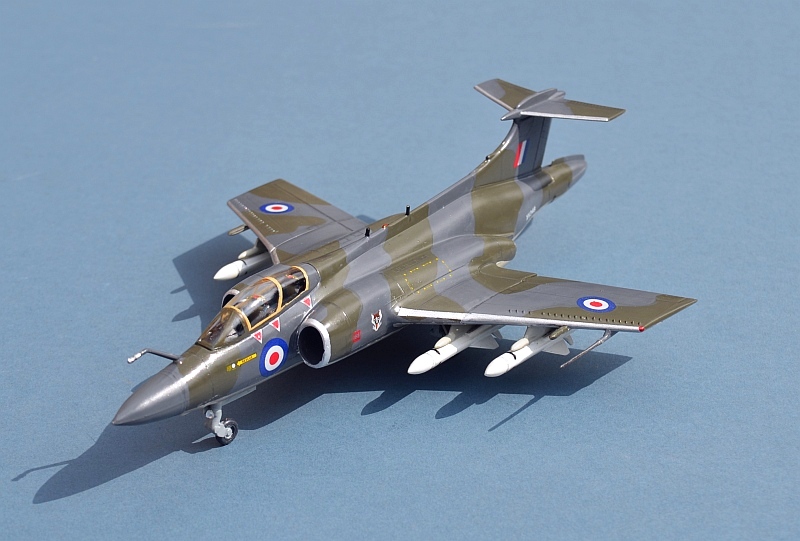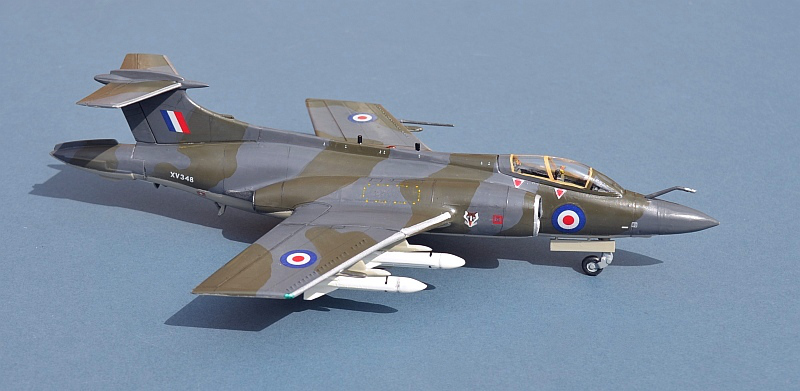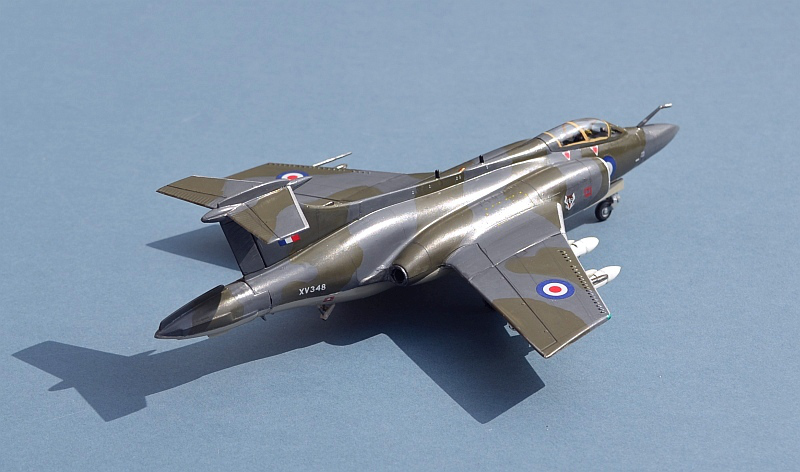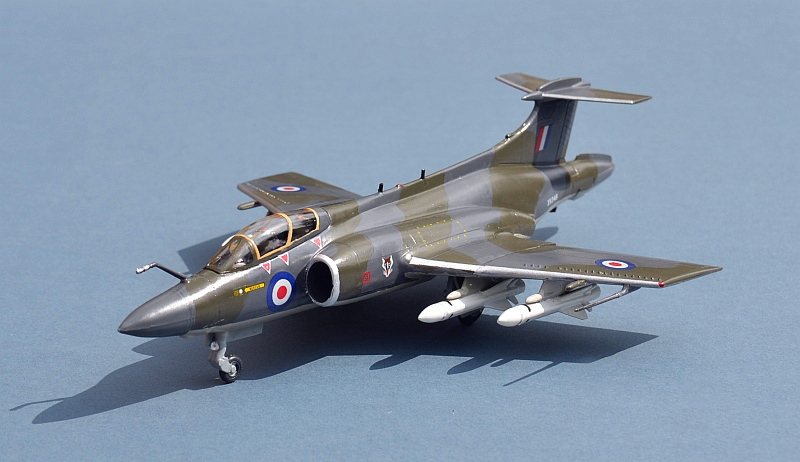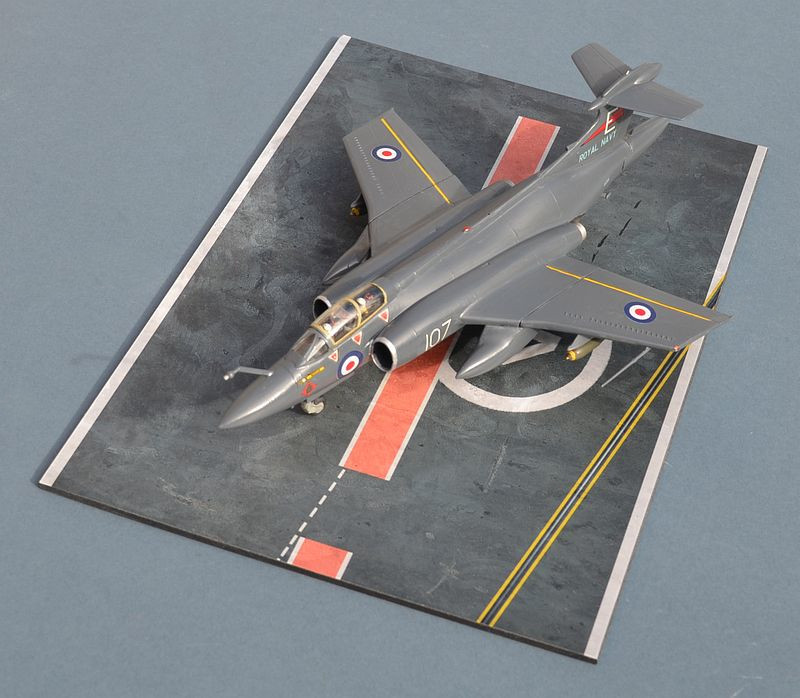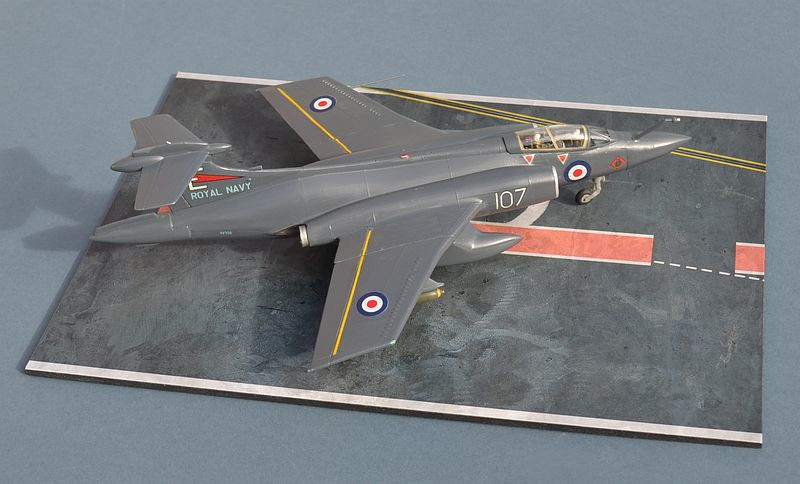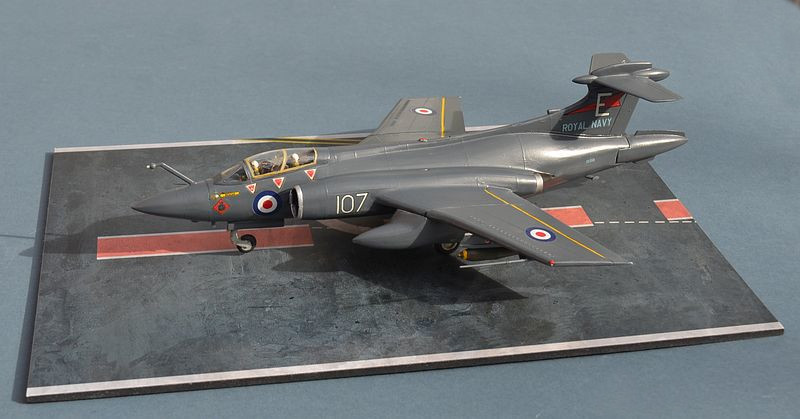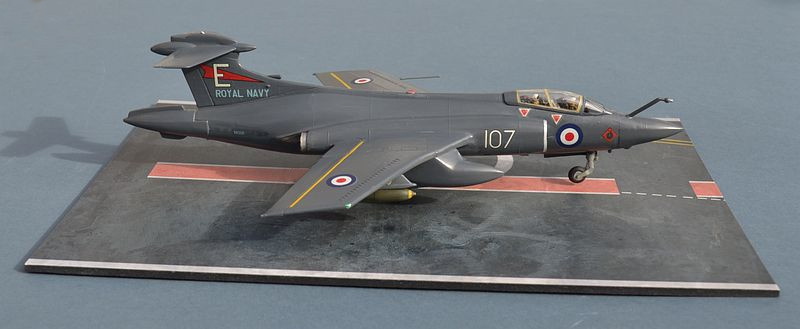Blackburn / Hawker Siddeley
Buccaneer
Along with the Phantom, Sea Vixen and Gannet, the Buccaneer represents the pinnacle
of Cold War British Carrier power. As the Blackburn Advanced Naval Aircraft (BANA
-
With the run-
Royal Navy Buccaneers
In RN service, the Buccaneer’s main role was to combat the threat of the latest large
Soviet Navy Sverdlov class Cruisers in the North Atlantic, requiring it to fly very
long ranges at high subsonic speeds, carrying a large conventional bomb load (8,000lbs)
or a single Red Beard nuclear bomb of up to 25 Kilotons yield. The Red Beard was
replaced with up to 2 WE.177 nuclear weapons in the 1970s (carried inside the rotating
bomb bay) and the advanced Anglo-
Complex aerodynamic features were incorporate din the design, including extreme area
ruling with boundary layer control on wings and tailplane to enable lower take-
With HQ and training Sqns based at RNAS Lossiemouth, Fleet Air Arm Buccaneers served onboard HM Ships VICTORIOUS, EAGLE, ARK ROYAL and HERMES, with 700B, Sqn, 736 Sqn, 800 Sqn, 801 Sqn, 803 Sqn and 809 Sqn. With an active worldwide role, Buccaneers saw service over Aden in 1967, over Belize in 1972 (requiring a 1,500 mile round trip from their carrier to Belize) and (less successfully), against the stricken oil tanker Torrey Canyon off the Cornish coast in 1967. The last RN Buccaneers were transferred to the RAF when HMS ARK ROYAL was decommissioned in 1978.
Airfix NA.39 converted to an S.1. Converting an S.2 back would be a better option. Xtradecal markings
In its original form the Buccaneer was designed as a Naval Nuclear Strike Aircraft,
specifically targeted against Soviet Sverdlov Class Cruisers, which, it was deemed,
posed a real threat to NATO surface ships. For this role it carried Red Beard, the
UK's first tactical nuclear weapon (15-
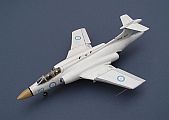
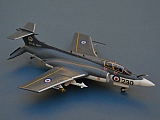
Click on the thumbnail tile to see more details of each model:
S.1 HMS ARK ROYAL
FS.2 HMS VICTORIOUS
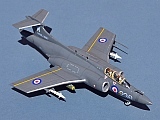
S.2 HMS HERMES
S.2D HMS EAGLE
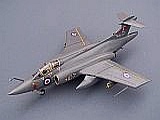
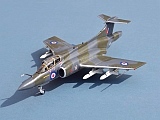
.2A /B 12 Sqn RAF
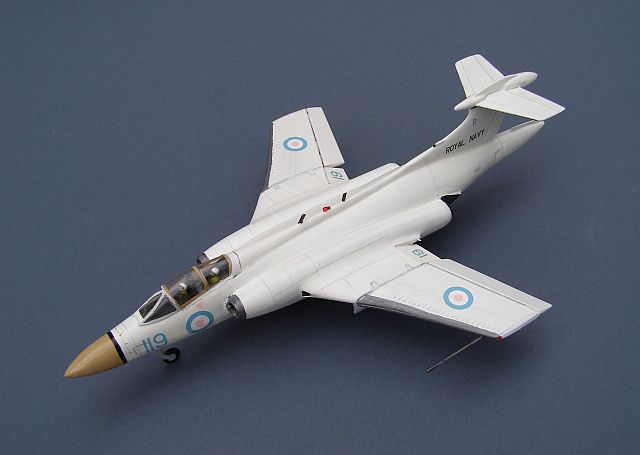
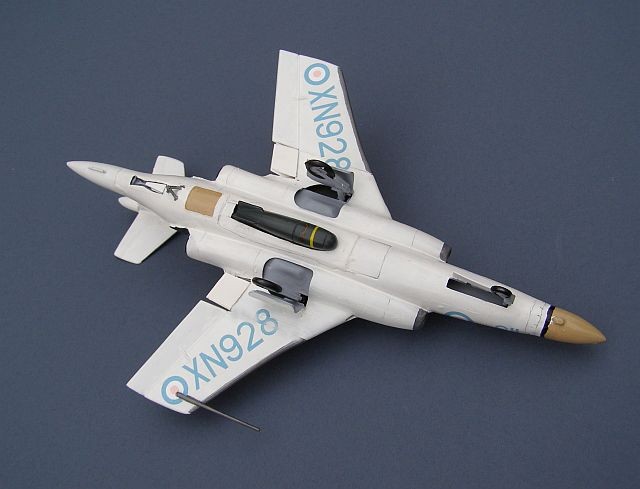
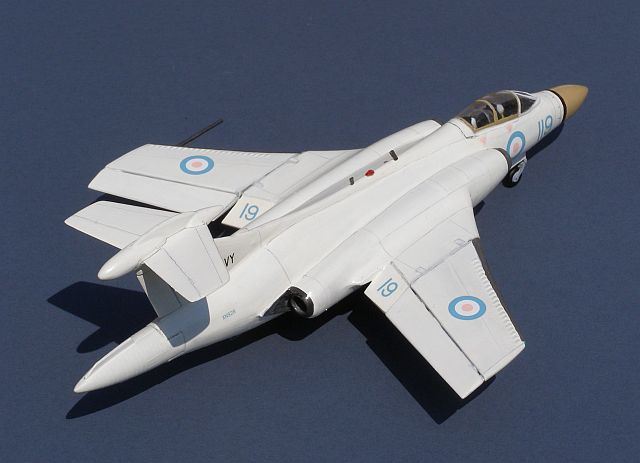
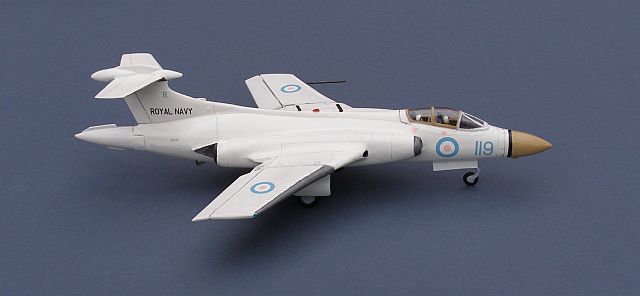
FROG with Modeldecal markings.
The S.2 variant of the Buccaneer introduced the larger and more powerful Rolls Royce Spey engine, finally allowing the Buccaneer to reach its true potential. Widely and affectionately known as the "Banana Jet" due to its initial title of "NA.39 Blackburn Advanced Naval Aircraft (BANA)", the S.2 Buccaneer transformed the capabilities of the RN's carrier force.
Operating at very low level over sea or land, the Buccaneer was a superb strike aircraft,
capable of carrying a wide range of Nuclear or conventional weapons over a remarkable
range. Initial S.2 aircraft were finished in a white and extra dark sea grey finish
as a compromise between the anti-
This model carries the AGM-

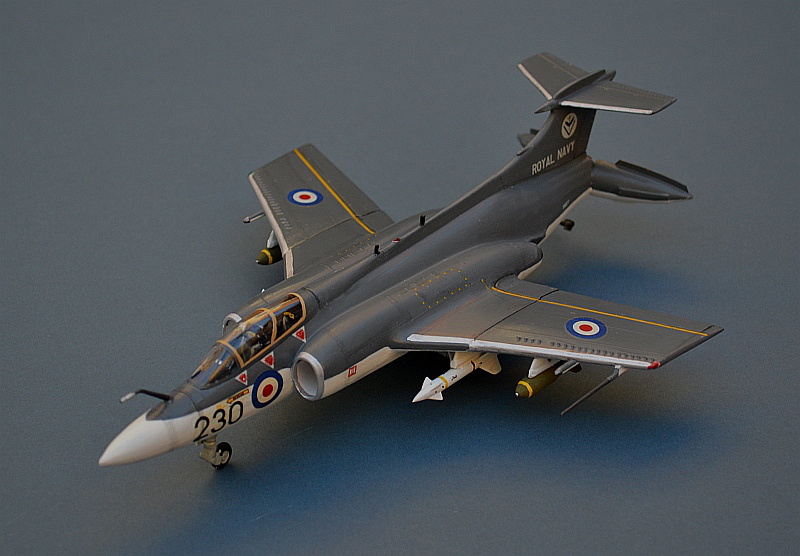
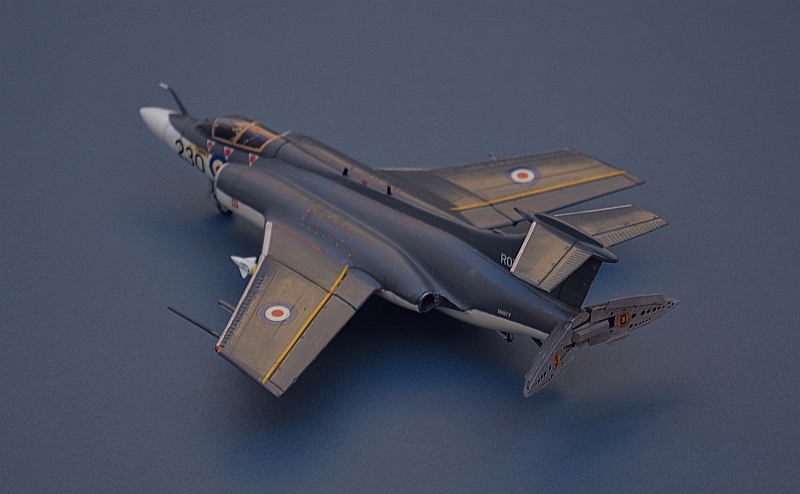
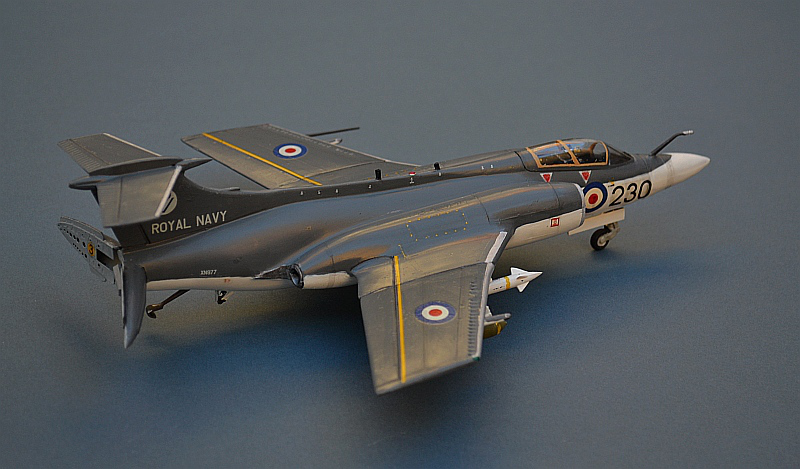
FROG with Xtradecal markings.
As the smallest of the RN’s modernised carriers, HMS HERMES was never able to operate
the F-
After a period of service as a Commando and then ASW carrier, “The Happy H” finally regained a fixed wing complement in the form of the Sea Harrier and saw her most important operations as Flagship of the 1982 Falklands Task Force. Although her RN days ended in 1984, she went on to serve for even longer with the Indian Navy as the INS VIRAAT until 2017.
HERMES’ saw 3 Buccaneer squadrons during the brief period that she carried them -
The Buccaneer S.2 currently on display at the FAA Museum at Yeovilton is painted in the colours it wore whilst part of HERMES’ air group.
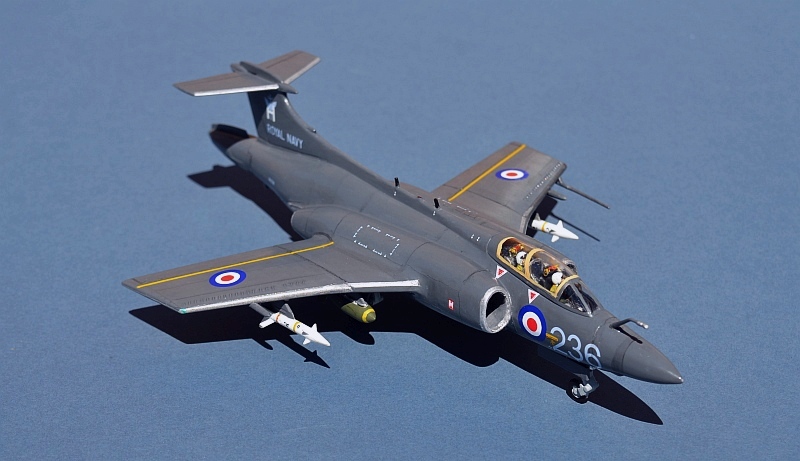
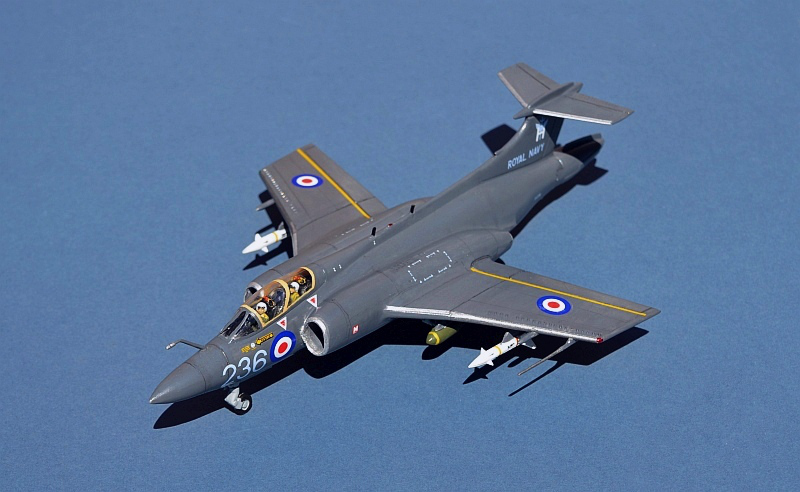
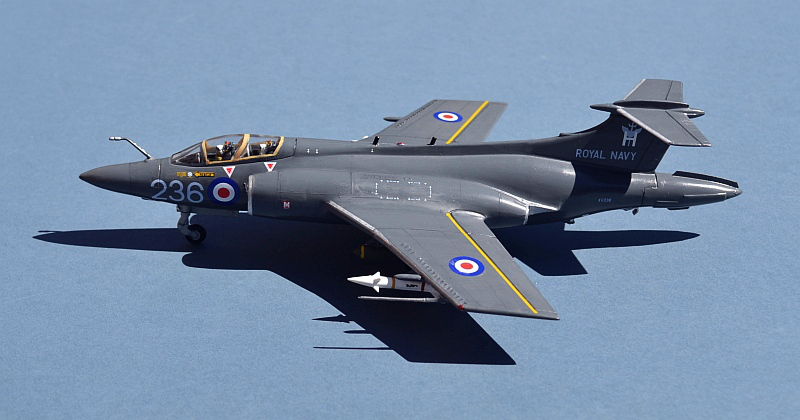
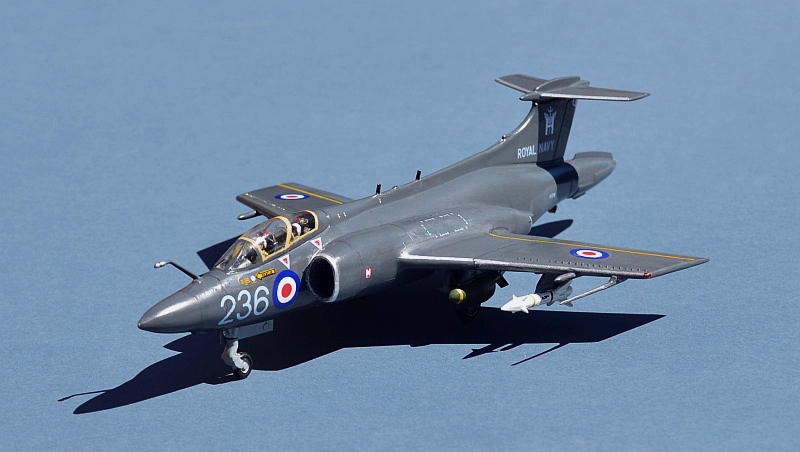
Airfix (1980s mould) with Modeldecal markings.
EAGLE was the most modern, largest and most capable of the Cold War RN Carriers,
although she was de-
FROG 1/72.
From 1970 onwards, surplus RN Buccaneers (and their anti-
This aircraft is loaded with four AS-
MARTEL was equipped with a very large warhead and was certainly more capable and reliable than the US Shrike equivalent, with a much greater range (about 40 miles) although it was much slower.
